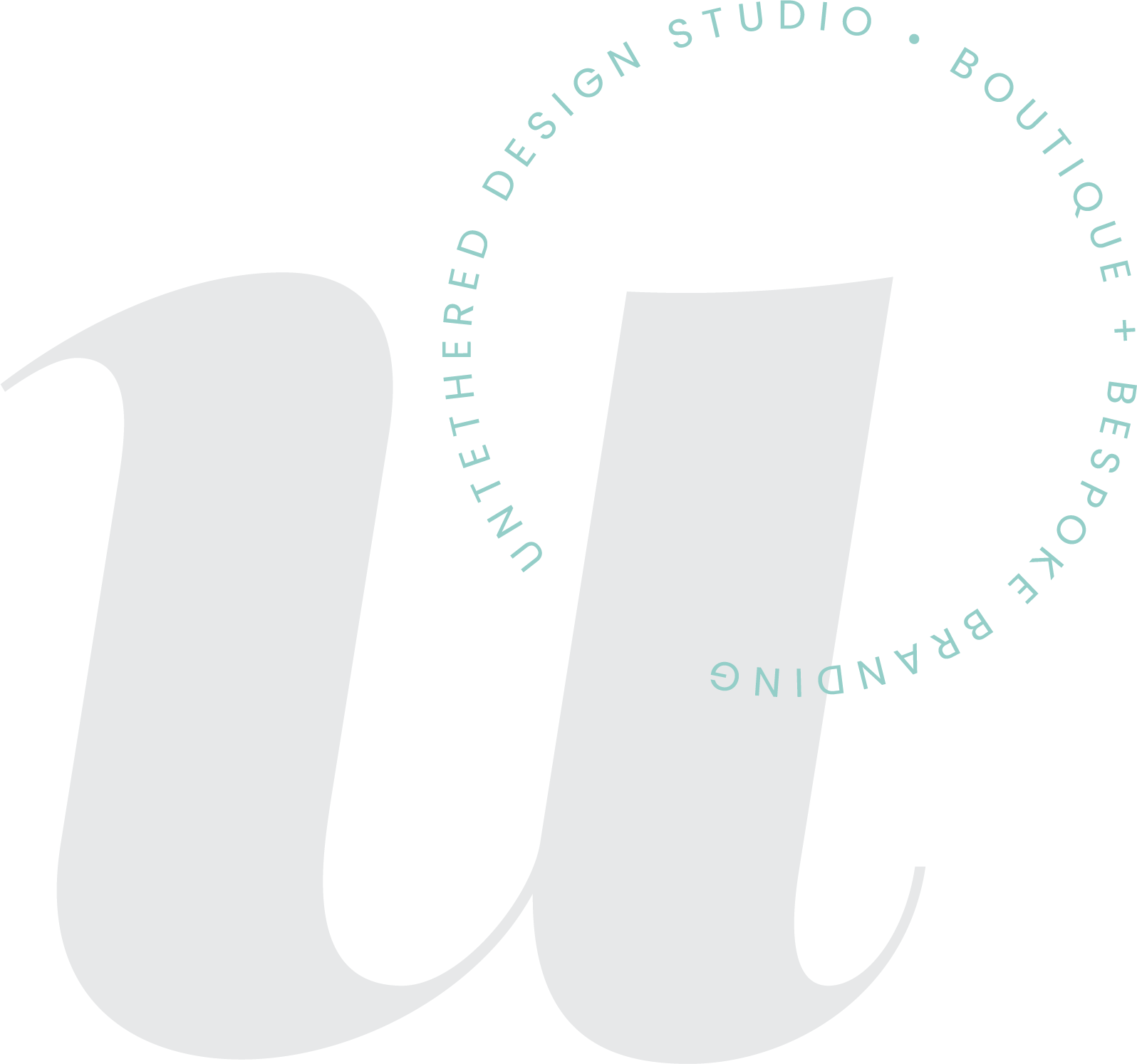Simplicity is queen — why less is always more
Trends are always changing in any professional industry. When it comes to the creative field, I always make it a point to research and read the projected ideas and styles at the beginning of each new year to 1) stay current and relevant with my work and my clients and 2) to see one of two things — is the trend for this year going to be minimal design or more complex? Graphic design should always be sophisticated, sleek and professional and these aspects can be achieved via either method. Complex doesn’t have to mean messy — it can simply mean organizing a lot of important information in readable ways. And, while this can be done successfully, the best kind of design in my book (that always wins and never goes out of style) is simplistic, clean and, as you might guess, minimal. Period. Find just a few good reasons why, below.
1) The message is always clear.
Imagine looking at a concert poster that is overly cluttered. The colors might be vivid, the typography might even be stacked and arranged in a cool way. All of the important information is there, like the date, time, location and contact name. Something is missing though — order. All of the details are arranged in every direction, you’re not sure what element to look at first and all you’re really seeing is clutter. It takes a few minutes to really take it all in and understand what is being advertised. If the poster instead consisted of one big visual (and maybe a few supporting, smaller images) and all of the information was arranged in a clean fashion (starting with the most pertinent) — you would be able to scan and interpret it effortlessly, in mere seconds. This would be an example of good and clean design — it’s visually appealing, readable and isn’t confusing.
2) White space is legit.
White space is the breathing room purposely left around a design, so that a viewer can look at and focus on one thing, or the most important details. And, it’s a designer’s best friend, so use it to your advantage! Sometimes, the best design means having a page with hardly anything on it. It can be aesthetically pleasing to not have to concentrate on so much. Good design can be just a line or two of text, simple shapes, 1-2 colors and one striking image — with plenty of white space throughout it (or even “dead space” – which can be any color or background that isn’t distracting or doesn’t contain any elements.) Do not design just for design’s sake — just because there are several different ways to design a logo, website or publication, mediums through which to create it and a variety of tools in your toolbox, you don’t have to use them all — or do “all the things.” The goal of good design, no matter what, is for the audience to understand the message that you’re trying to communicate. If someone is able to do that within just moments, then the design is successful. In order for visual information to be understood and absorbed quickly, the less a viewer has to look at, the better.
3) Simple design is easy to remember and recognize.
UPS, Nike, Apple — they’re all universal brands and symbols that literally anyone can and will forever recognize. Their logos are iconic; they consist of simple shapes or letters. Design should be timeless and memorable — and a truly strong and great design should still be considered great even years down the road, because the elements used in it and the foundation from which it was designed should never go out of style. Again, the less someone has to look at and read, the quicker they can understand what the design is communicating and the more that they’ll be able to remember what they saw or read within it. Makes sense, right? When you think of Nike, you probably think of the “swoosh” checkmark graphic and their “Just Do It” tagline. That’s really all that you have to remember to know the brand — from 20 years ago and 20 years from now.
Graphic design is absolutely art, but there is a big distinction between fine art and communication art. Again, to me, a big goal of design is to visually display a message, which can be translated through many different elements — colors, type, shapes, space, lines, texture, hierarchy and more. This can be achieved digitally or by hand. Although design involves many artistic elements, design should still quickly communicate, no matter what. Someone should be able to look at a design, understand what it’s talking about or representing and then be called to take an action — attend an event, connect via the Internet to learn more or contact someone. They shouldn’t have to look at it, not know what to read and walk away confused — unlike a painting or sculpture that might be created and intended for individual interpretation and one’s own imagination.
Although good design can be artistic and attractive, it should still always be simple, clean and easy to understand. Are you currently struggling with your own creative project and how to organize the information or visually display its message? Connect with me today, I would love to hear from you and continue the conversation!

